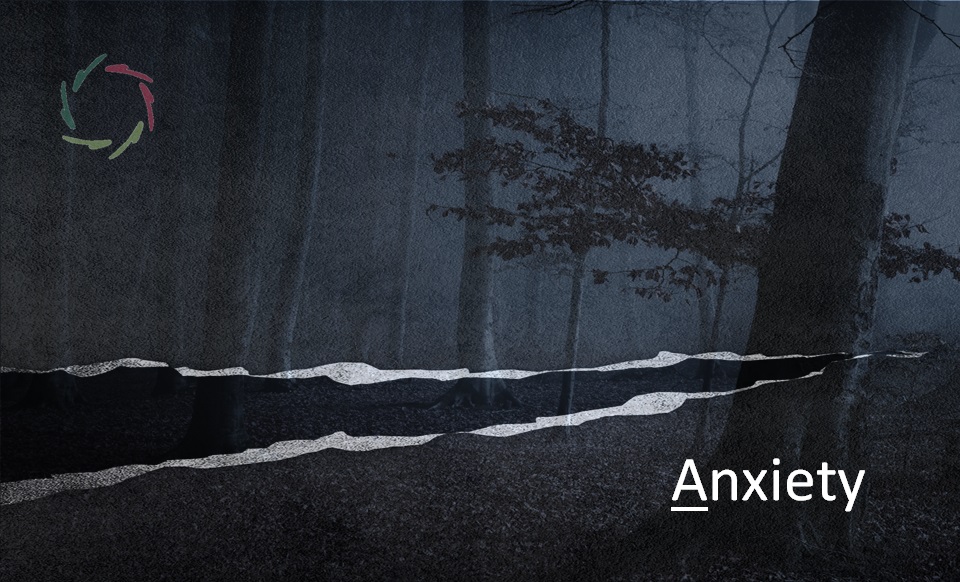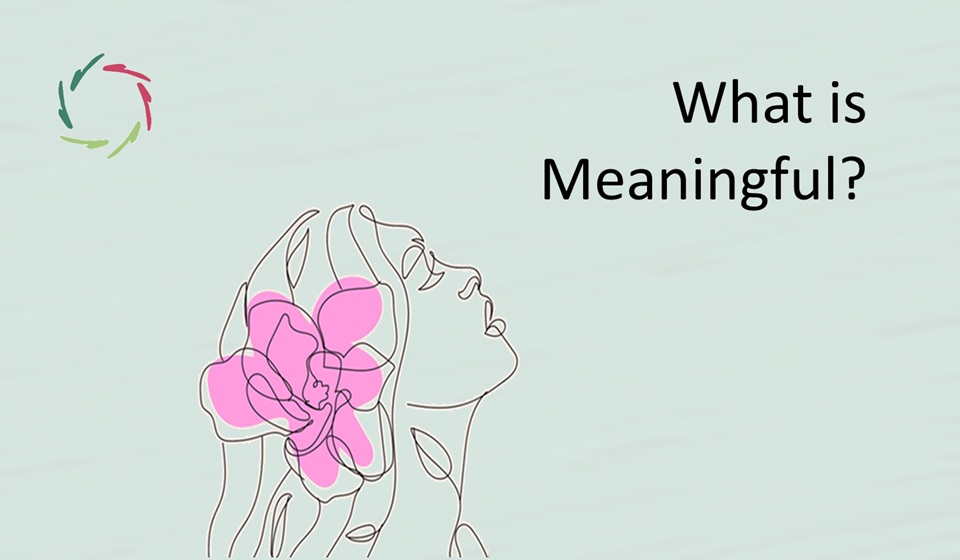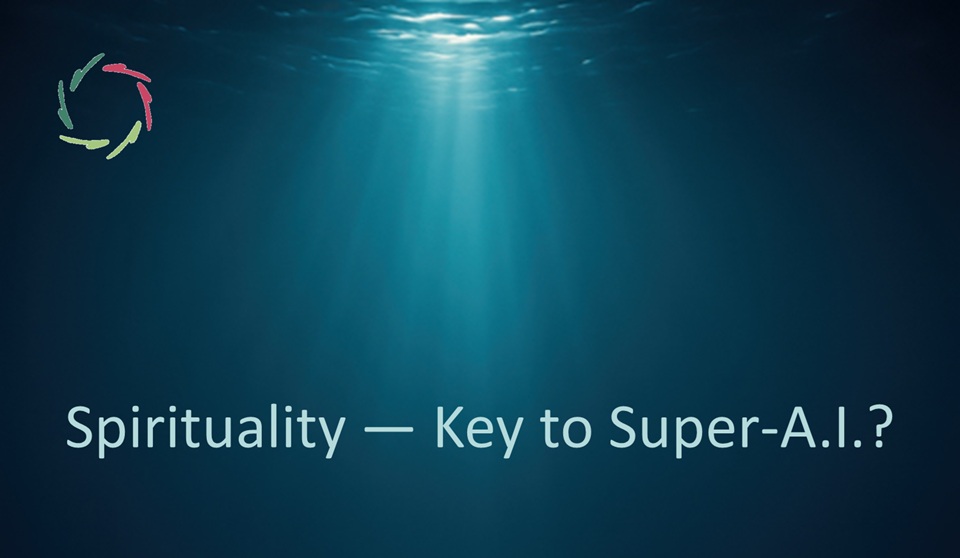Anxiety

People who apparently feel little anxiety, quite often turn out to harbor a lot, arguably more so in Western cultures.
The latter may seem so because it strikes me more.
[See in AurelisOnLine: Anxiety]
Anxiety, not fear
Fear is conceptual. The object of fear is mostly well delineated. One can say: It is mechanical, directly efficient.
Anxiety is subconceptual. This means that it is more embedded in deeper layers of the human mind. The true object of anxiety is not well delineated. It is rather a direction. Anxiety has depth.
[see also: “Difference between Fear and Anxiety”]
Anxiety, stress, burnout, depression, chronic pain
Different terms for different concepts. But in the end, probably not so different after all.
For instance, people with anxiety problems in many cases also have bouts of deep depression, and vice versa. Many people with chronic pain are deemed to have a ‘hidden depression.’ Stress may be seen as a kind of anxiety. Much discussion is going on about the supposed difference between burnout and depression. Burnout can be seen as a distress disease…
Well, not so different after all. So, if we look at anxiety, we may be looking from one specific angle to a broadly underlying phenomenon. This, I would call Anxiety.
Anxiety
is the energy of nature that is being prevented to realize itself.
[The above sentence is worth reading a few times.]
Thus, energy can build up, creating tension in two directions. One is through the energy of nature itself. Life. Not being able to realize itself is to life a strong incentive to try harder. Note that in the end, a human being is a living organism after all. We tend to know it and forget it almost all the time.
The other direction is the one opposed to this. Life’s urge to get realized can become potentially overwhelming, sometimes overwhelming indeed. One can see the difference in this also between overall generalized anxiety and a panic attack. In both, the source of energy is unfathomable, not conceptually understandable, very deep.
Subconceptual also means that an apparently meaningless item or circumstance may ignite a visible bout of anxiety. Meanwhile, the Anxiety is always present, like underground magma, ready for the next eruption.
Culturally
This can happen in an individual and in a society. No esotericism involved. Self-perpetuating patterns may live in a society at a deeper level through many individuals reacting from the own depth. They may reinforce the patterns without being consciously aware of them. How patterns shows themselves and become consciously recognizable, is what we call ‘culture.’ Such patterns may be immensely powerful. Also, they may ‘actively’ blind people to anything that might detract from them. ‘Actively’ is not ‘consciously,’ of course. It is a mechanism. Notwithstanding, individuals may manipulate others through consciously misusing a pattern, as through the use of (social) media memes.
Religion?
For instance, a particular religion may be part of a culture. How come that so many believers do really ‘believe’ in what entirely defies their common sense, and even readily do so? Merely conceptually, there is no way to understand this in-depth. As a coincidence (?), in this example, one sees in many cases also an involvement of much anxiety. Looking through this mirror, one can see Anxiety.
A religion may also channel the energy. Even so, its effect on underlying Anxiety may either be positive or negative. We should grade religions on this aspect. Of course, eventually, Openness is the only sensible way. [see: “Every Religion Is Open”]
The future
Not only religion should be Opened, but everything. This is: open to insight in what a human being really is. Conceptual thinking (‘rationality’) is of utmost importance. So is subconceptual thinking (‘poetry’). [see: “Rationality and Poetry”] Culturally, we need to let life’s energy flow in natural ways.
True culture serves nature.
A particular culture may harbor a lot more Anxiety than another one. Does that make it an inferior culture? In a sense, arguably yes.
Additionally, a particular culture may be more vulnerable to a specific message that serves as a symbolic ignitor. For example: invisibility, or the idea of dying an unnatural death. Time and time again, we can try to dampen such ignitors. People may feel relieved by this. They may even pay a lot of money for such dampeners. But it is not a durable procedure. It is bound to backfire, sometimes very hard, involving the most vulnerable individuals.
The only humane future is Open.


